Scott #22, a one-cent United States stamp, is a significant entry in the realm of American philately. It is a perforated version of Scott #8A, featuring a Type IIIa design that differentiates it from other stamps in the series.
Design & Print
Scott #22, defined as a Type IIIa design, exhibits either a broken top or bottom line, but not both. This stamp’s design is the same as Scott #8A but is distinguished by its perforations. The majority of Type IIIa stamps show a broken top line, making those with a broken bottom line and a complete top line exceedingly rare and sought after by collectors.
The imperforate versions of Scott #22 primarily came from Plates 1 Early and 4. Plate 4 stamps are notable for their clearly defined top line breaks. In contrast, Plate 1 Early stamps generally do not show wide top line breaks, with some positions transitioning from Type II to Type IIIa due to plate wear and light transferring. Perforated Type IIIa stamps were produced from Plate 4 and exclusively perforated Plates 11 and 12. The presence of a dot-secret mark at the left center of the colorless vignette frame is a distinctive feature of stamps from Plates 11 and 12.
Postal Usage
Scott #22 played a vital role in the everyday postal activities of the time. With its one-cent denomination, it was predominantly used for local mailings and standard letters, including printed circulars. The introduction of perforation in stamps like Scott #22 marked a significant technological advancement, aimed at facilitating easier separation and handling of stamps, thereby improving the efficiency of mail processing and distribution.
Identification
The key defining feature of Scott #22 is its broken top or bottom line, but not both, distinguishing it from other types. Predominantly, Type IIIa stamps exhibit a broken top line. The rarity of stamps showing a broken bottom line and an intact top line makes them highly sought after by specialists.
Scott #22 stands as a testament to the progression of stamp design and manufacturing during its era. Its close resemblance to Scott #8A, coupled with the added feature of perforation, offers a glimpse into the evolving practices of stamp production. The stamp’s varied origins from different plates, coupled with its role in the postal system, accentuate its significance in the broader context of American philatelic history. Understanding the intricacies of Scott #22’s design and production, as well as its postal usage, provides valuable insight into this period of American postal history.

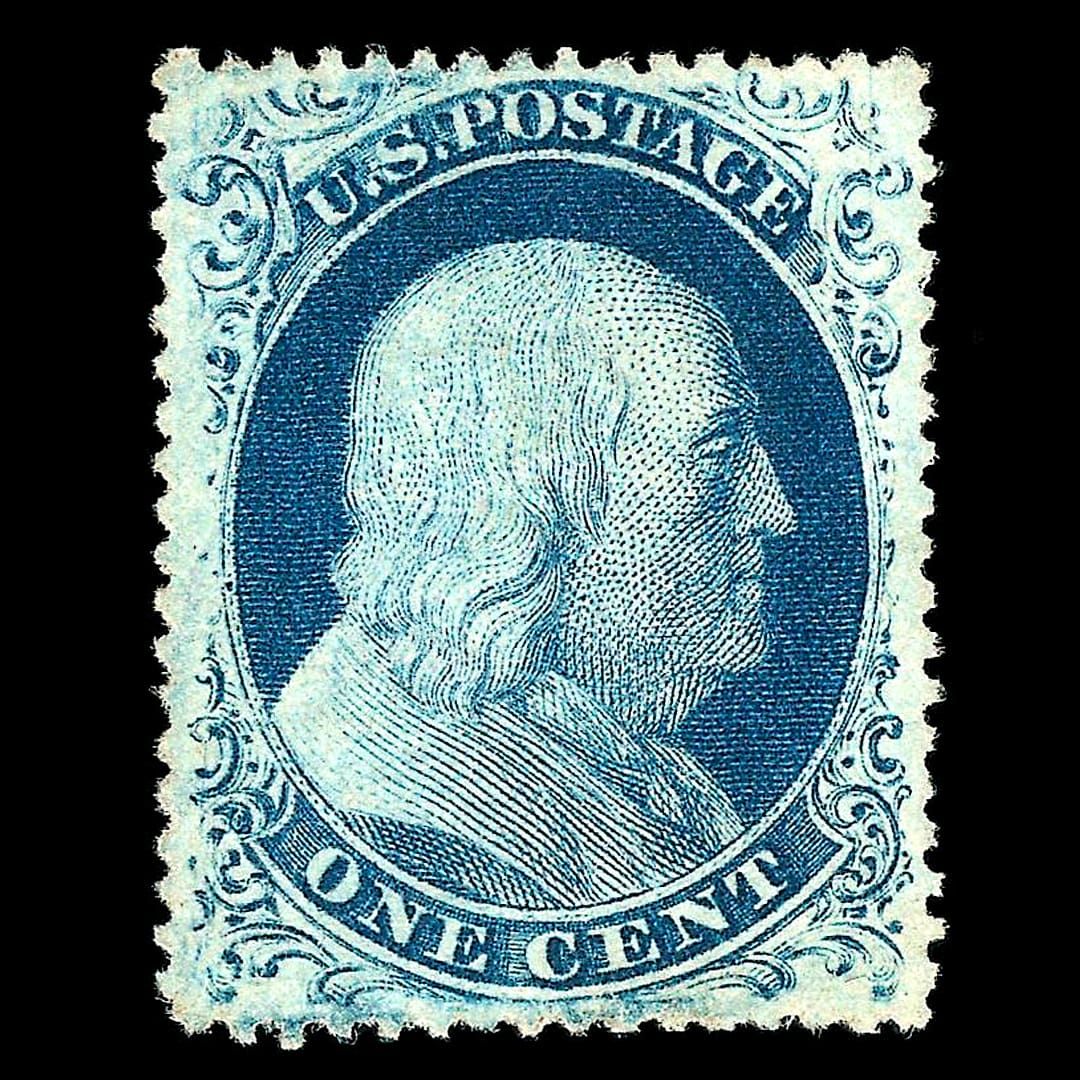

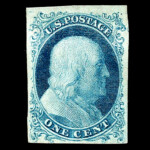
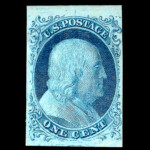
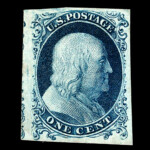
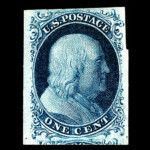
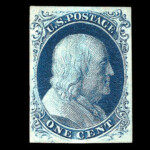
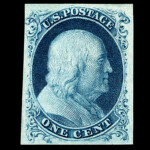
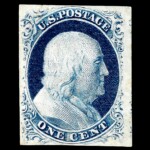


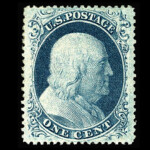
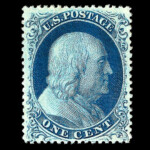
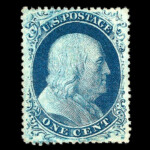
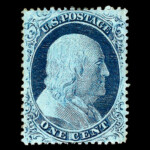
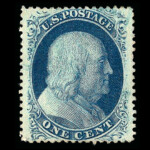
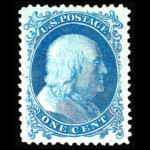
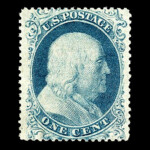
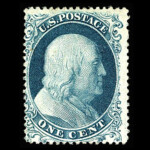
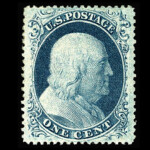
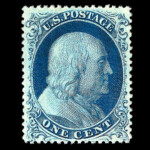
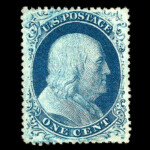
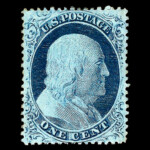
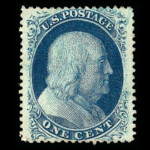
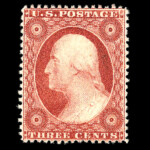
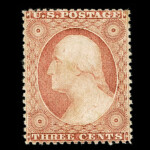
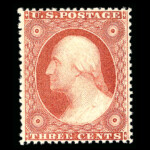
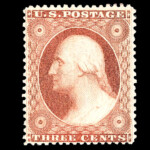
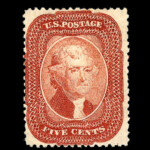
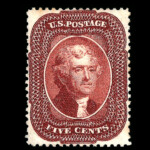
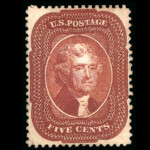
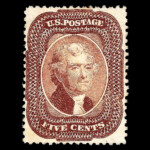
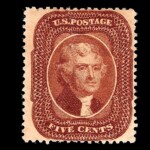
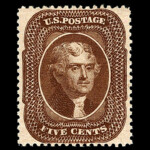
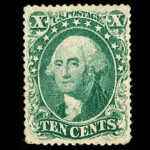
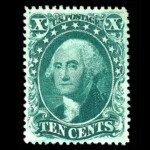
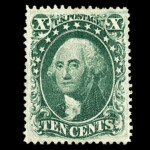
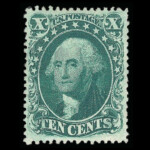
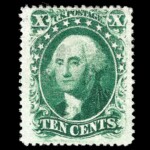
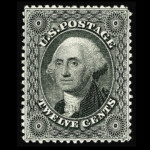
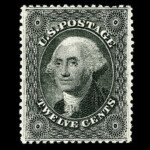

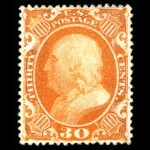
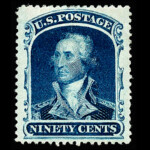









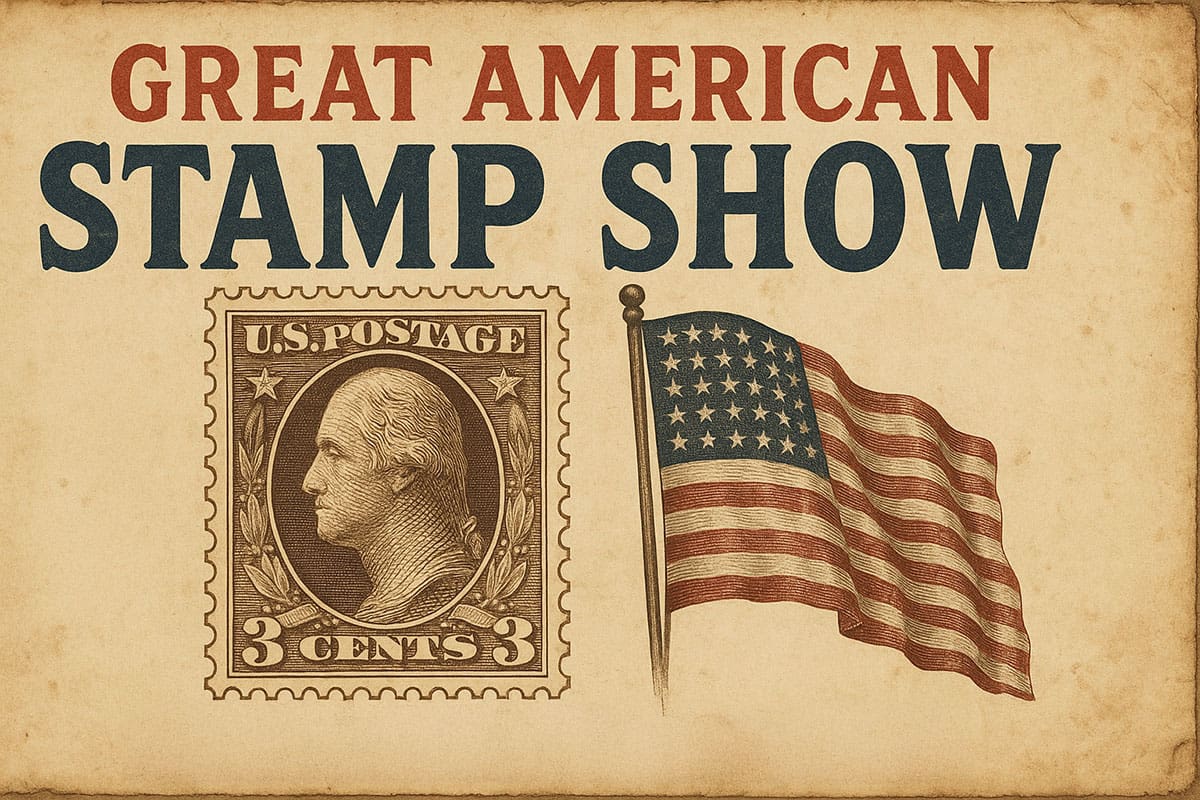


Ask A Question Or Leave A Comment